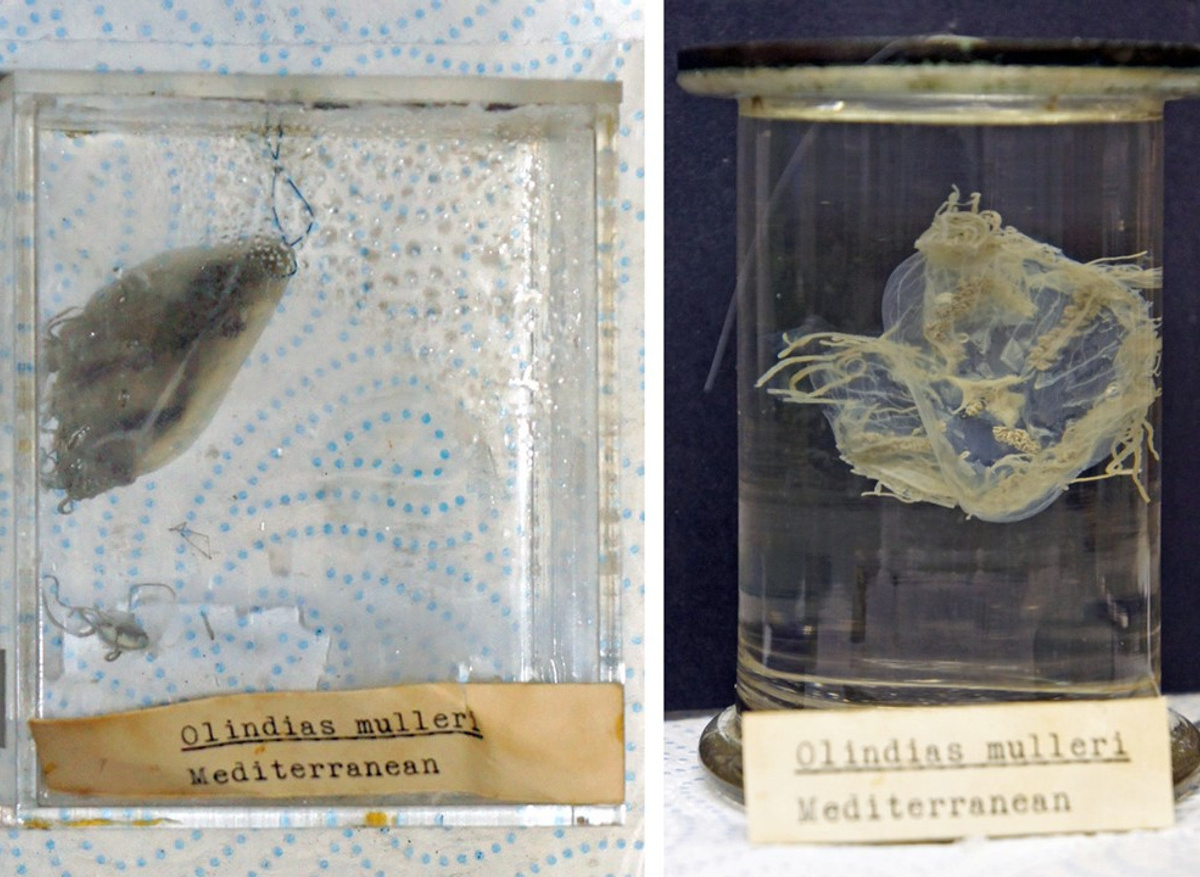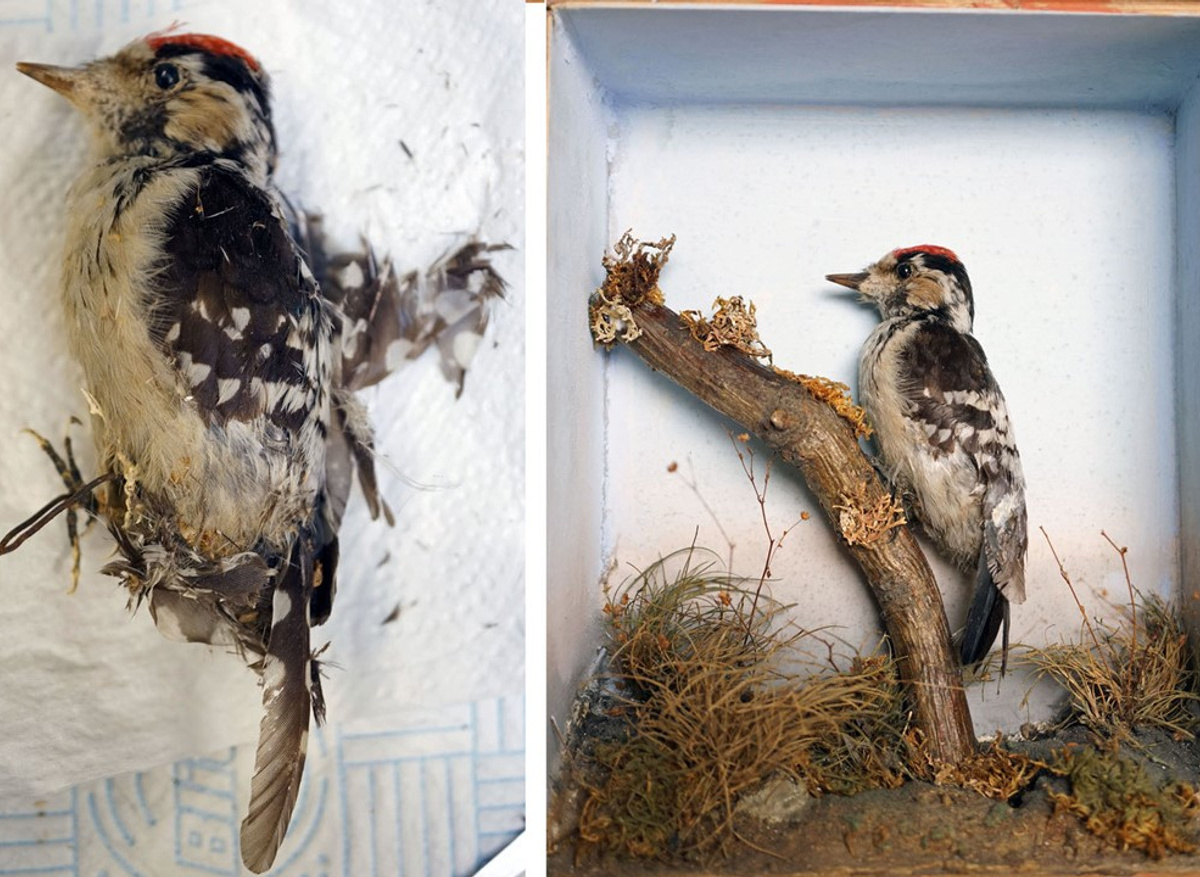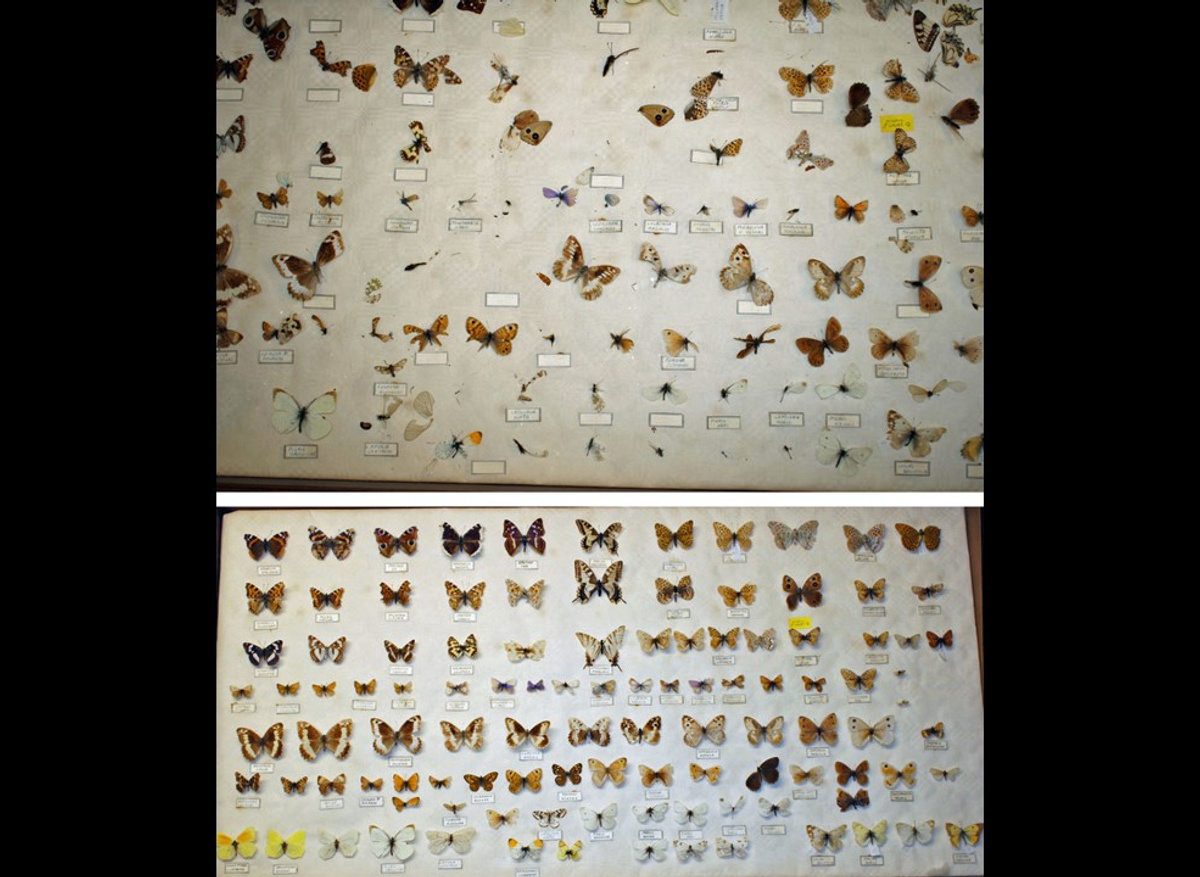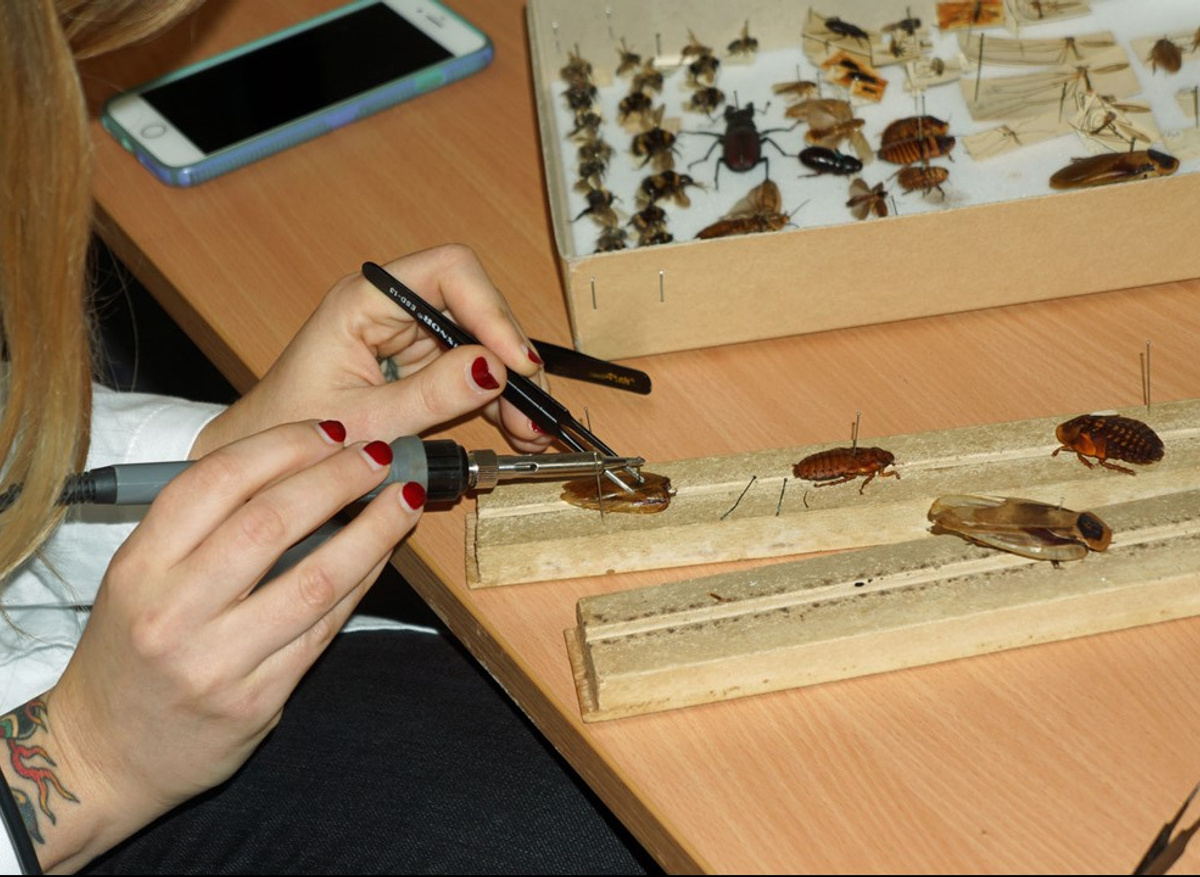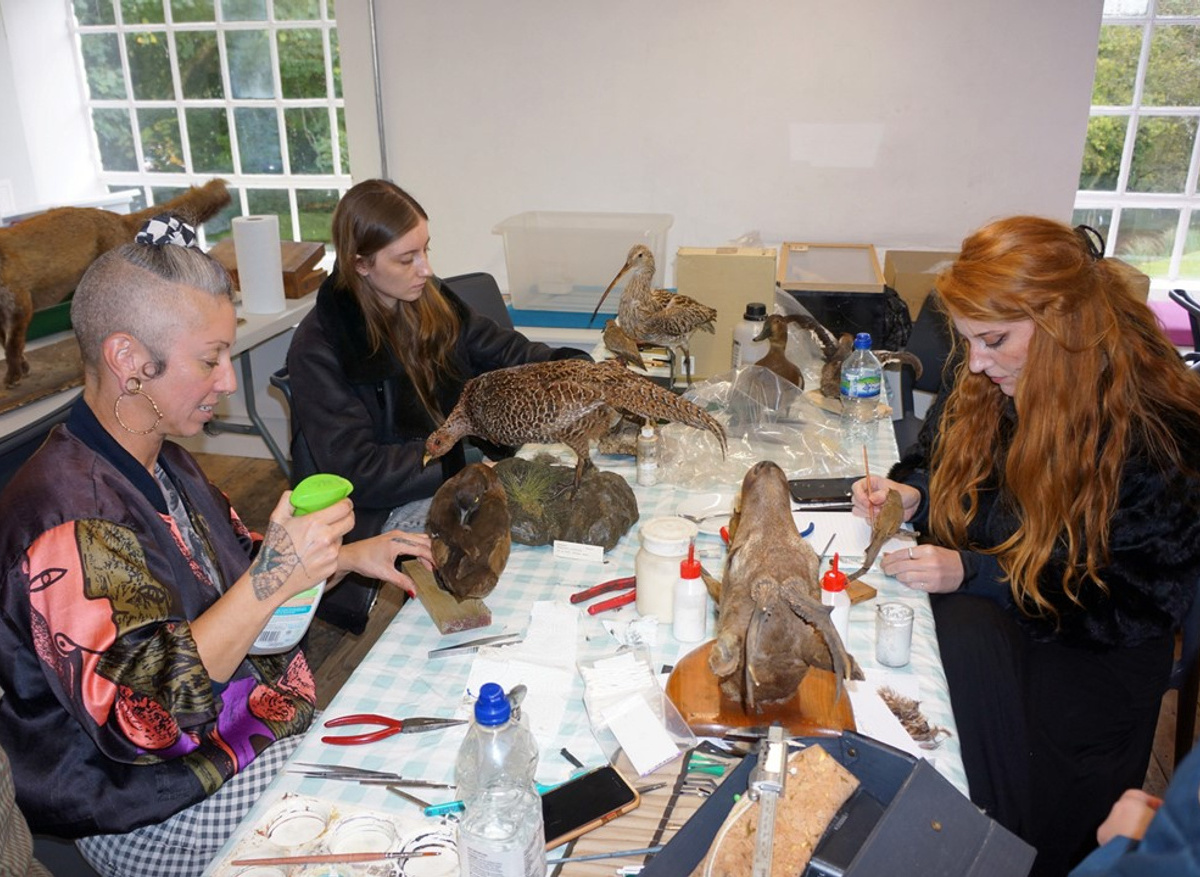This practice has been operating since 1993 and has a peerless track record. Working in all branches of the Natural Sciences, it offers reportage, remedial conservation and advice about collections and specimens. Having worked at the Natural History Museum (London) for over 23 years, Hampshire Museums Service for over 18 and, freelancing with the National Trust for 27 years, there is a wealth of experience here.
This practice also offers annual training courses in the remedial and preventive conservation (and some restoration) of fluid-preserved specimens, taxidermy and pinned insects.
Throughout this time, my work has not yet fallen behind schedule and clients have always been pleased with the work and the overall cost. Illustrated reports on the work carried out are included routinely.
Simon Moore has always been driven to improve the quality and condition of specimens in museums and other heritage collections and to uncover advances in the related technologies which he has always written up and published. He qualified as an ACR in 1999 and has been at the forefront of conserving natural history specimens since 1993. He has published over 80 articles pioneering this work and is co-editing a new book on the subject.
Conservation of deteriorated taxidermy
Dependent on damage incurred and what is missing which can normally be replicated if for display.
Specimens are checked for live pests or other causes of deterioration and treated to prevent this from recurring. This includes the protective display case, often the source of pest ingress where the back has split. This is carefully gap-filled with wood and adhesive. Damaged glass can be replaced or mended.
Cleaning the specimen is routine and corrosion products on armature wires can be neutralised, once the cause has been ascertained.
Cased specimens will be returned with the case properly sealed against future pest ingress.
Conservation of fluid-preserved specimens
This comprises mainly zoological specimens but also includes botanical and anatomical specimens.
Containers are checked to ascertain causes of deterioration and the preservative fluid analysed and pH checked. The latter is sometimes replaced if contaminated, or topped-up with appropriate fluid if uncontaminated to maintain specimen osmotic pressure equilibrium.
Damaged and demounted specimens are re-mounted or re-adhered and repaired if necessary.
The containers are then re-sealed with a choice of effective sealants depending on the types of specimens and the container.
Conservation of pinned insect collections
Conservation of pinned insects is even more challenging, requiring greater manual dexterity to repair such brittle specimens.
Most deterioration occurs through physical damage and pest ingress. These are checked and sourced to prevent recurrence.
Specimens are repaired and sometimes restored if areas of wing have been destroyed by pest agencies. This includes painting in if required for display.
Other deteriogens, such as Verdigris, mould, pin corrosion/pin preplacement are all carried out and neutralised if required.
Preventive advice is given about storage.
Four-day fluid preservation course
This comprises four (daily) presentations about the chemical building blocks that make up natural history specimens and how they are preserved in various fluids and how to manage the many ensuing problems.
Participants learn how to cut, pierce and grind glass, essential for mounting specimens and maintaining the various containers.
How to mount specimens either by sewing or using appropriate adhesives and how to repair them if necessary.
Analysing preservative fluids and how specimens have deteriorated is appropriate.
Health & Safety is paramount and participants are encouraged to be aware of the many risks involved.Conserving taxidermy and pinned insects
These two courses are normally run back-to-back over five days.
Participants are sometimes professional taxidermists who need to know how to repair deteriorated specimens but most are conservators who need to learn the technology that enables success.
Analysis of how specimens have deteriorated and to prevent recurrence is paramount and how to treat deteriorated cases. Painting of glass eyes is also carried out.
The same applies to pinned insects, which requires manual dexterity and the handling and application of fine Japanese tissues.
Client testimonials
Thank you for being such a joy to work with and for your considerable expertise. I would definitely like you to come back.
Amanda Callaghan
Curator of Cole Museum, Reading University
Thanks Simon – it was a brilliant four-day course, really enjoyed it and have come back buzzing to get into the spirit store!
Claire Woodhead
Senior Conservator, Hampshire Cultural Trust
William Chalkley was a self-taught taxidermist who became honorary curator of Winchester City Museum in 1903. Around 1905 we bought a collection of Hampshire birds from him and over the last few years Simon has been expertly restoring some of the specimens for us – often a feather at a time. Most recently, he reassembled our 150-year-old Lesser Spotted Woodpecker. Simon is a skilful taxidermy conservator and restorer with an extensive knowledge of Natural History who has designed dioramas for us with real flair. We are fortunate in that he is local to us and is happy to collect and deliver our precious specimens, often at short notice.
Amber Davenport
Keeper of Science School Archive, Winchester College, Hampshire

